The Parcel Sortation Systems Market is currently characterized by a dynamic competitive landscape, driven by the increasing demand for efficient logistics and automation solutions. Key players such as Siemens (DE), Honeywell (US), and Vanderlande (NL) are strategically positioning themselves through innovation and technological advancements. Siemens (DE) focuses on integrating advanced automation technologies into its sortation systems, enhancing operational efficiency. Honeywell (US) emphasizes digital transformation, leveraging data analytics to optimize supply chain processes. Meanwhile, Vanderlande (NL) is expanding its global footprint, particularly in emerging markets, to capitalize on the growing e-commerce sector. Collectively, these strategies not only enhance their competitive edge but also contribute to a rapidly evolving market environment.
In terms of business tactics, companies are increasingly localizing manufacturing to reduce lead times and optimize supply chains. This approach appears to be particularly effective in a moderately fragmented market, where the collective influence of key players shapes competitive dynamics. The focus on supply chain optimization and localized production is likely to enhance responsiveness to market demands, thereby fostering a more resilient operational framework.
In August 2025, Siemens (DE) announced the launch of its new AI-driven sortation system, which is designed to improve sorting accuracy and speed. This strategic move underscores Siemens' commitment to innovation and positions the company as a leader in the integration of artificial intelligence within parcel sortation. The introduction of this technology is expected to significantly enhance operational efficiencies for logistics providers, thereby reinforcing Siemens' competitive stance in the market.
In September 2025, Honeywell (US) unveiled a partnership with a major e-commerce retailer to implement its latest sortation technology across multiple distribution centers. This collaboration not only highlights Honeywell's focus on digital transformation but also illustrates the growing trend of strategic alliances in the industry. By aligning with key players in the e-commerce sector, Honeywell is likely to enhance its market presence and drive further adoption of its innovative solutions.
In October 2025, Vanderlande (NL) completed the acquisition of a regional automation firm, which is expected to bolster its capabilities in the parcel sortation segment. This acquisition reflects Vanderlande's strategy to enhance its technological offerings and expand its service portfolio. By integrating the acquired firm's expertise, Vanderlande aims to deliver more comprehensive solutions to its clients, thereby strengthening its competitive position in the market.
As of October 2025, the Parcel Sortation Systems Market is witnessing significant trends such as digitalization, sustainability, and the integration of artificial intelligence. These trends are reshaping the competitive landscape, with companies increasingly forming strategic alliances to leverage complementary strengths. The shift from price-based competition to a focus on innovation, technology, and supply chain reliability is becoming evident. Moving forward, competitive differentiation will likely hinge on the ability to innovate and adapt to evolving market demands, positioning companies that prioritize these aspects at the forefront of the industry.


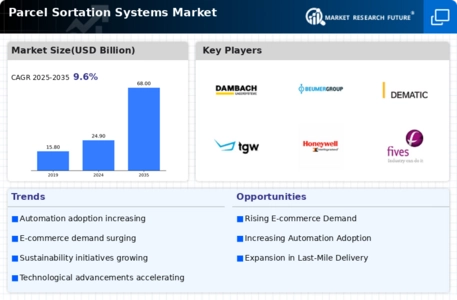

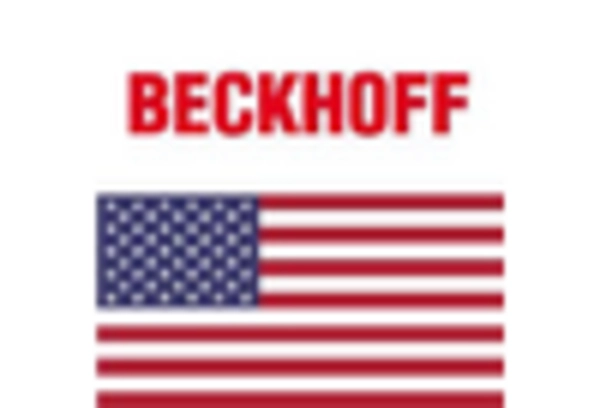
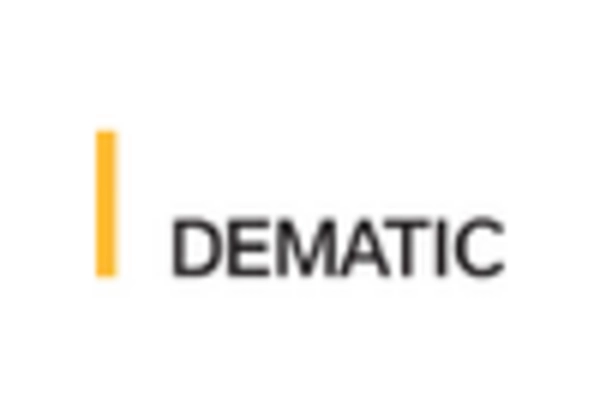

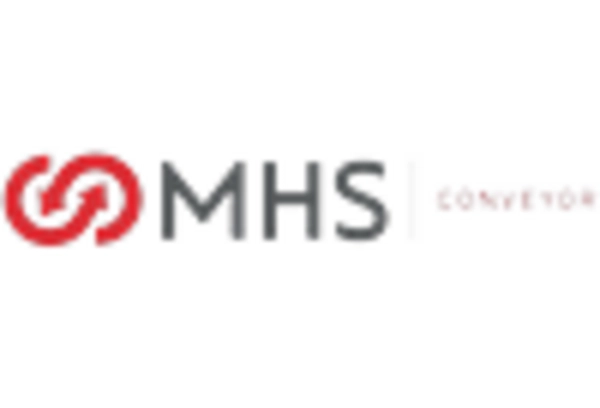

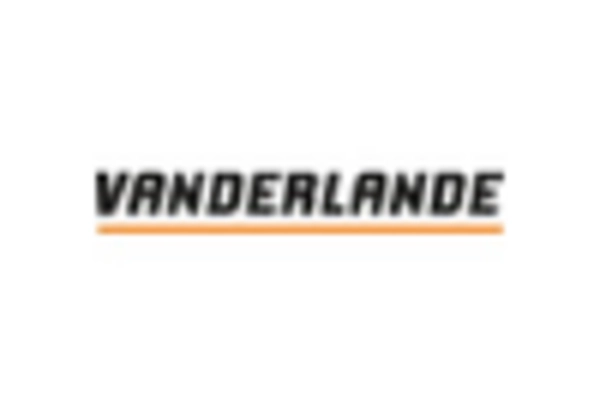








Leave a Comment